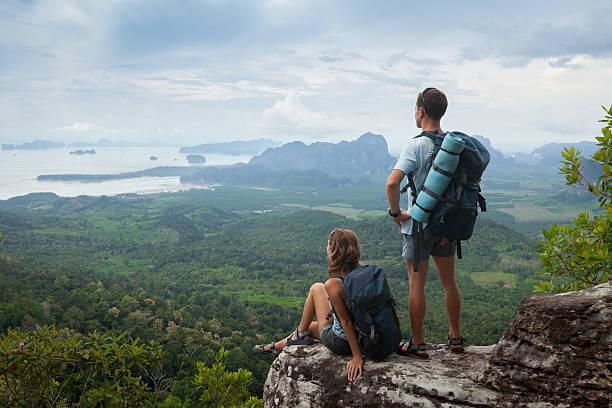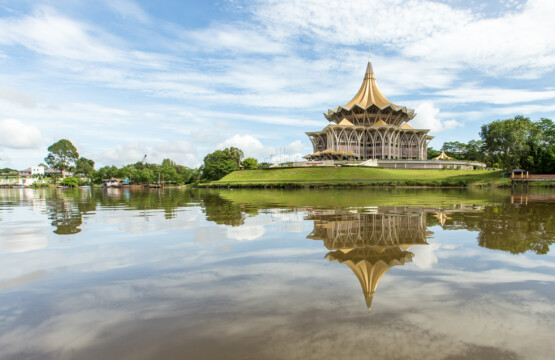Whether you’re chasing the misty peaks of the Himalayas or wandering through the serene forests of the Pacific Northwest, hiking offers an unforgettable way to connect with nature. But while the trail can be beautiful and liberating, it also demands preparation and respect. For travelers new to hiking — or even seasoned explorers heading to new terrain — following a few smart tips can make all the difference between a thrilling adventure and a frustrating (or even dangerous) ordeal.
Here are 10 essential hiking tips to help you stay safe, comfortable, and inspired on the trail.

1. Choose the Right Trail for Your Experience
Not all trails are created equal. Before you lace up your boots, research the trail’s distance, elevation gain, and terrain. Apps like AllTrails or local park websites can offer difficulty ratings and reviews from other hikers. If you’re just starting out, begin with shorter, well-marked trails and gradually build up to more challenging routes.
MyRehat offers many experiences on beautiful hiking trails across Asia here:
https://myrehat.com/experiences-type/hiking/
2. Check the Weather Forecast — Always
Mountain weather can shift in an instant. Always check the weather on climate apps or websites before you head out. Even if the skies are clear at the trailhead, conditions may be drastically different at higher altitudes. Pack accordingly — including layers and rain protection — just in case.
3. Wear Proper Footwear
Your shoes can make or break your hike. Lightweight trail runners may be perfect for flat paths, but rocky or steep trails often call for supportive hiking boots with good ankle protection. Make sure your shoes are broken in before any long hike to avoid painful blisters.

4. Pack the 10 Essentials
This classic checklist from outdoor pros includes:
- Navigation (map, compass, or GPS)
- Sun protection (sunglasses, sunscreen)
- Extra clothing
- Headlamp or flashlight
- First-aid kit
- Fire (lighter or matches)
- Repair tools and knife
- Extra food
- Extra water
- Emergency shelter (even a space blanket)
5. Hydrate — Before, During, and After
Dehydration is one of the most common hiking issues. Carry more water than you think you need and sip regularly. If your hike is longer, consider packing a water filter or purification tablets to refill from natural sources.
6. Leave No Trace
Preserve nature for everyone by following the Leave No Trace principles. Stay on trails, pack out all trash (even food scraps), and respect wildlife. If you’re hiking in fragile environments, avoid disturbing plants and stick to designated paths.
7. Tell Someone Your Plan
If you’re heading out solo — or even in a group — let someone know your expected route and return time. It’s a simple but crucial step in case something goes wrong and rescuers need to locate you.
8. Respect Your Limits
It’s tempting to push further, especially when the views are calling. But hiking isn’t a race. Listen to your body, take breaks, and don’t be afraid to turn back if weather worsens or you feel unwell. The mountain will still be there tomorrow.
9. Start Early
Getting an early start helps you avoid mid-day heat, gives you extra daylight to complete your hike, and increases your chances of spotting wildlife. It also helps you beat the crowds on popular trails.
10. Embrace the Journey, Not Just the Summit
The best hikes aren’t just about the final viewpoint. Look around, breathe deeply, listen to the sounds of the forest, and savor the small moments — the sunlight through the trees, the chirping of birds, the coolness of a stream. Hiking is a chance to slow down and reconnect with the world in its most natural form.
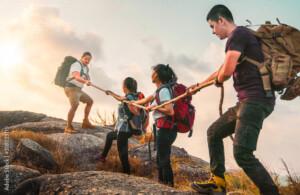
Local Tips: Hiking in Southeast Asia and Japan
Hiking in Southeast Asia comes with its own unique challenges and rewards. Expect hot, humid conditions, lush tropical forests, and the possibility of sudden rain — especially during monsoon season (typically May to October). In Thailand, jungle trails around Chiang Mai or Chiang Dao offer stunning waterfalls and temple views, but you’ll need good grip, insect repellent, and plenty of water. Malaysia features rich biodiversity in places like Cameron Highlands and Mount Kinabalu, where trails can be steep and slippery, and local guides are often required. By contrast, Japan offers more temperate and seasonal hiking with well-maintained paths, vending machines along popular routes, and a strong culture of trail etiquette — especially on spiritual treks like Mount Takao or the pilgrimage trails in Kumano. Wherever you go in Asia, be sure to prepare for the climate and respect local customs to make the most of your hiking adventure.
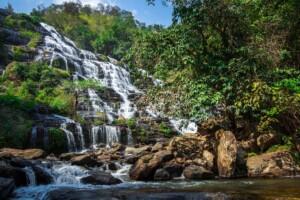
Doi Inthanon in Chiangmai, Thailand
(Source: https://www.thainationalparks.com/doi-inthanon-national-park)

Cameron Highlands, Malaysia
(Source: https://trulyexpattravel.com/cameron-highlands/)
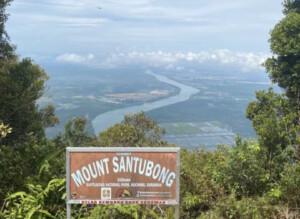

Mount Sanbutong in Kuching, Malaysia
(Source: https://www.alltrails.com/parks/malaysia/sarawak/santubong-national-park, https://pin.it/rLjThCvFU)
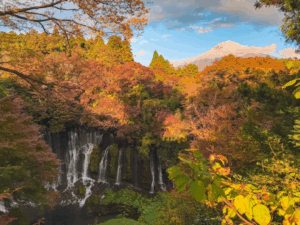
Mount Fuji in Autumn in Japan
(Source: https://gretastravels.com/mount-fuji-day-trip/)
Hiking is one of the most rewarding ways to experience the world — offering a deeper connection to landscapes, cultures, and yourself. With a bit of planning and mindfulness, your time on the trail can become more than just a walk in nature; it becomes a story worth telling. So tie your laces, shoulder your pack, and set out with confidence. The mountains are calling.
Whether you’re wandering tropical rainforests or scaling volcanic peaks, hiking helps you see the world differently — one step at a time. If you’re looking for more tips, trail ideas, or hidden gems across Asia, check out www.myrehat.com. We’ve got travel stories, local insights, and curated stays to make your next escape even more meaningful.



